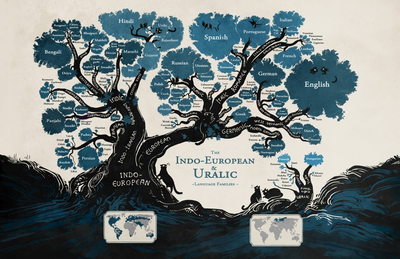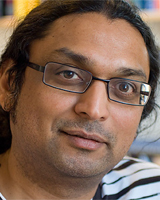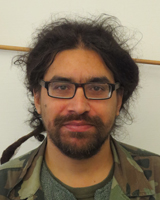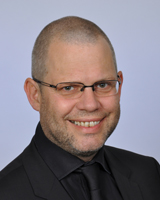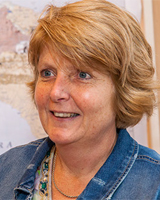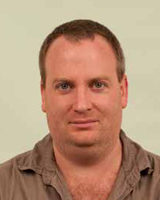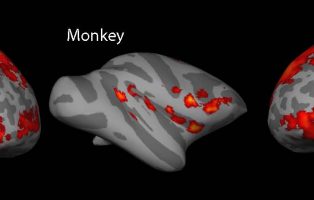About the topic
For centuries, linguists have reconstructed trees from contemporary data (words, sound changes, grammatical features) on languages. The trees reflect the historical dispersion of the languages and are our only reliable source on the prehistoric movement of the populations involved. The most well-known such tree is the Indo-European family tree, underlying hundreds of geographically disparate modern languages, such as Afrikaans, English and Hindi.
Language family trees have traditionally been reconstructed manually by humans. But key parts of the tree-reconstruction, i.e., looking up words in a dictionary, weighting of evidence for millions of alternative tree scenarios, etc. are better suited for a computer. Only now, in the digital age, are both computational power and large linguistic datasets available, making it possible to take “the quantum leap”. But the field harbours up a rich set of modelling problems and corresponding algorithmic challenges. This Theme Group will address these, combining expertise from Bioinformatics, algorithm theory and linguistic data.
Harald Hammarström and Marian Klamer (coordinators)
NIAS-Lorentz Program
This Theme Group is part of the NIAS-Lorentz Program, which promotes cutting-edge interdisciplinary research that brings together perspectives from the Humanities and/or Social Sciences on the one hand and the Natural sciences and/or Technological Sciences on the other. Read more about NIAS-Lorentz theme groups.
